Lattimer Massacre Survey
September 10, 1897, marks one of the bloodiest labor strikes in U.S history. The Lattimer massacre is the result of a conflict between immigrant laborers and coal operators in the anthracite region of northeastern Pennsylvania. It left 25 immigrant men of eastern and southern European descent dead and nearly forgotten. While the massacre has been erased from national attention, family stories, community historians, clergy and a handful of academics have kept the story alive. The placing of a memorial stone near the massacre site in 1972 provides a physical reminder of the event. An annual mass held by the Catholic Church occurred at the site from the 1970s through the beginning of the 2000s. A centennial commemoration sponsored by the UMWA in 1997 included the unveiling of the Harwood roadside marker and a reenactment of part of the march. In 2009 the Anthropology program at the University of Maryland committed itself to help raise the profile of the event with the goal of making it part of the national public memory.
Accounts of the event are highly contested, an obfuscation that began the day of the massacre as contrary newspaper accounts were filed by the sheriff and others. Additionally, complete court transcripts from the lengthy trial detailing the accounts of eye witnesses are missing, though fragments recounted in newspapers exist. Historically, these sources show a story muddled by corruption, prejudice, and time. They also reveal a transition in memory of the massacre’s events and significance over time. The archaeology project adds an entirely new dimension to the discussion of the massacre.
The archaeological survey was undertaken with the collaboration of Dan Sivilich and BRAVO (Battlefield Restoration & Archaeological Volunteer Organization), of New Jersey. Sivilich has a close family connection to the region’s mining heritage. Crewmembers worked in a wooded area with heavy primary growth. An analysis of the artifacts identified a variety of ordnance from the period situated in a cluster near the road. This spot marked the location where the initial confrontation occurred below a gum tree. No longer standing, the community later described this witness site as “the Massacre tree”.
The archaeology survey at Lattimer recalls the struggle between labor and capital, much like that at other labor-related sites of violence including Ludlow, Colorado and Blair Mountain in West Virginia. By performing the oral histories and the archaeology survey the memory of the Lattimer massacres has been awakened once again. We hope that the place can be a touchstone for a dialogue related to issues about immigration and social justice.
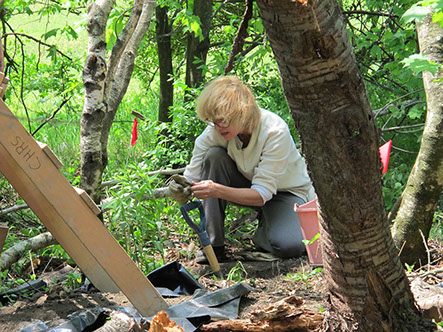
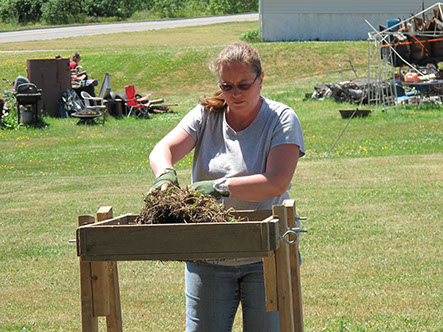
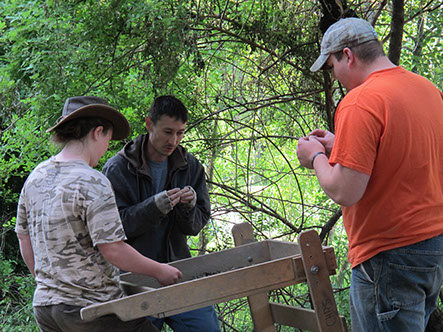
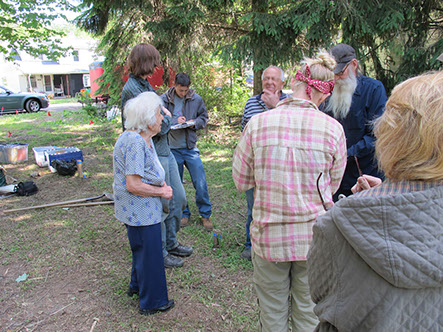
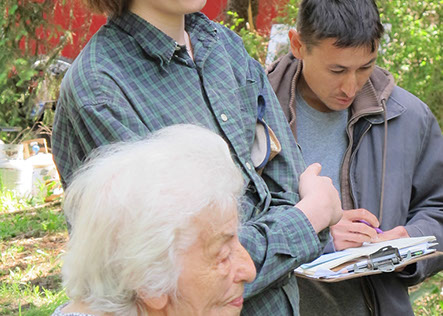
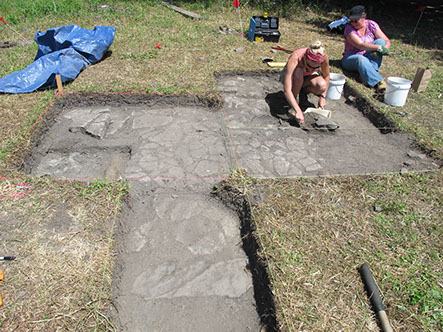
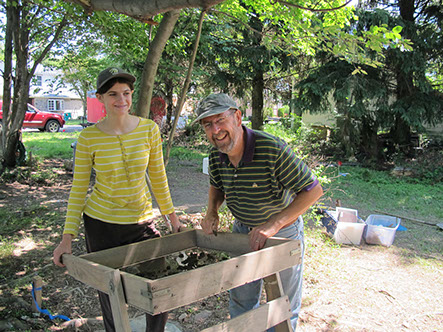
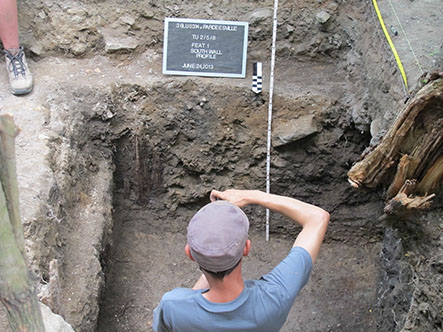
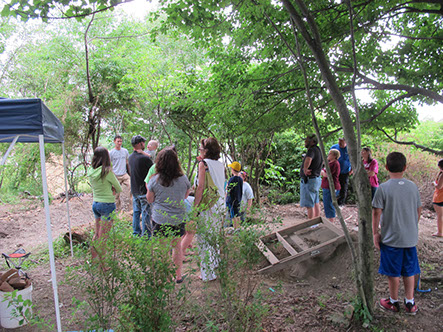
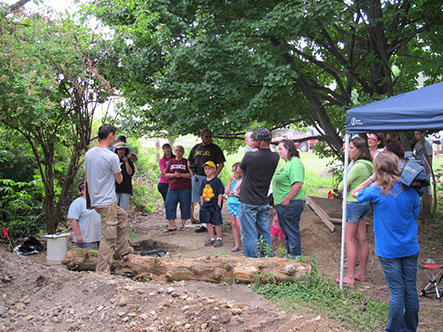
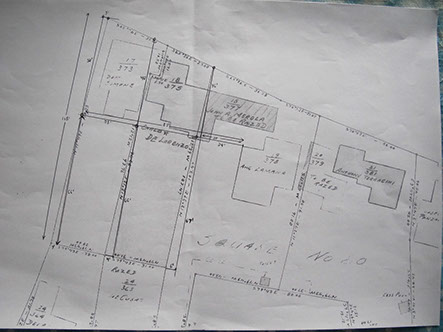
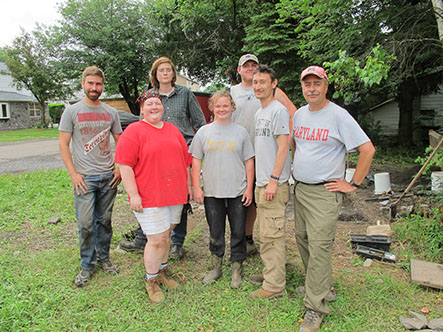

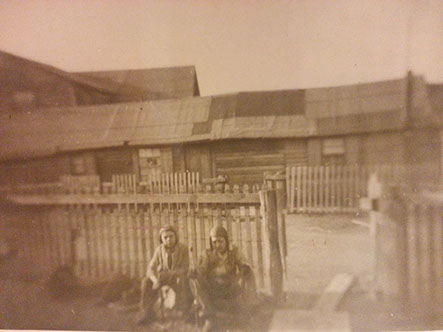
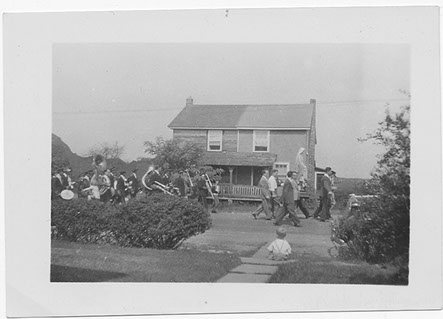
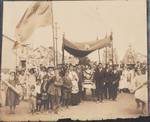
12 - 16
<
>
Report
Maps
Sponsored by the University of Maryland Department of Anthropology
1111 Woods Hall, College Park, MD 20742
(c) 2015 V.C. Westmont
Contact us with feedback, questions, or concerns

pdf.jpg?crc=124858796)